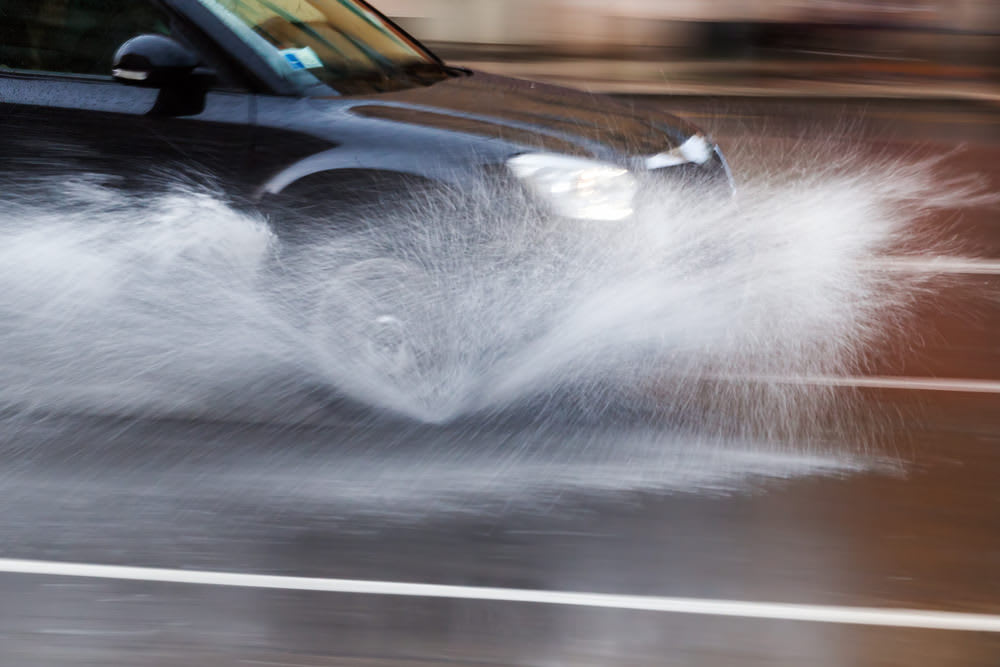

All ignition systems use electricity to crank and run the engine. This is true whether you have a conventional, electronic, or distributor-less ignition system. Water is the enemy of electricity and if it intrudes into the ignition system, it can cause serious problems, including the inability to crank the car.
How does moisture get into an ignition system?
Leaking Seals: Some cars have deep tubes that the spark plugs sit in. The wires are equipped with seals that sit over the openings of the tubes, but if that seal is damaged (cracked, cut, worn, etc.), moisture may be able to enter the tube.
Frayed or Damaged Wires: Many cars have exposed spark plug wires. This is fine during normal operation, but if the wire’s plastic covering is damaged, it can expose the wire itself. In this instance, even high humidity may be enough for moisture to accumulate on the wire.
Damaged Distributor Cap: If your car uses a distributor, the cap may be damaged. These are made from plastic, and can oxidize and crack as they become brittle over time. The cap is designed to protect the rotor from moisture and debris, but if it is damaged, moisture may enter the system.
Splashed Ignition Control Module: On modern cars, the ignition control module is usually in the cabin, but on older models, it was located under the hood. Moisture could easily contact the connector and the module when driving through deep puddles, or even washing the engine.
If your ignition system has moisture in it, the car will not start. The system will need to be completely dried before it will operate again. In addition, it’s possible for water intrusion to create a short in the system that may damage components.



